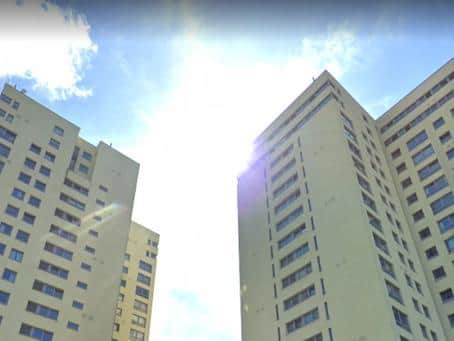‘Postcode lottery’ over high-rise fire response, says union
and live on Freeview channel 276
Three years after the Grenfell Tower fire, the Fire Brigades Union (FBU) say that “many brigades would not be able to mobilise anywhere near the scale” that was needed to tackle the west London blaze that killed 72 people.
In London, up to 10 trucks and an aerial lift will be sent as standard if the building is clad, however in North Wales the number is just two.
Advertisement
Hide AdAdvertisement
Hide Ad

Brigades in the capital, south east and south west on average send more resources to high-rise buildings than those in the Midlands and north of England, Wales and Northern Ireland, FBU data suggests.
Kent, Surrey, East Sussex and West Sussex forces, as well as those in the Home Counties, Devon and Cornwall would all send at least six engines and an airborne platform to a high-rise fire.
Meanwhile, in Merseyside, Lancashire, South Yorkshire and Humberside among others, it is just four and an aerial platform.
The FBU general secretary described the situation as “shocking” and “a chilling warning to the Prime Minister”.
Advertisement
Hide AdAdvertisement
Hide AdMatt Wrack said: “Lives in London and the south east are worth no more than the rest of the country, yet different regions have drastically different standards.”
He added: “The loss of 72 lives three years ago was deeply traumatic.
“But there is a good chance that the next Grenfell will be outside London, in an area where fewer resources are mobilised to a fire, and the loss of life could be worse still.”